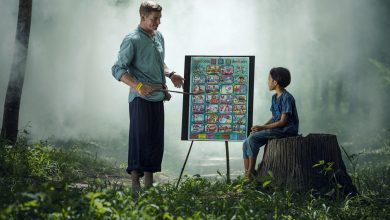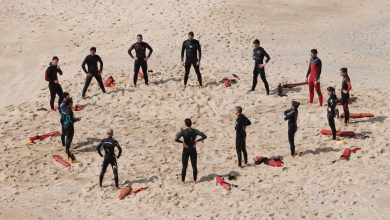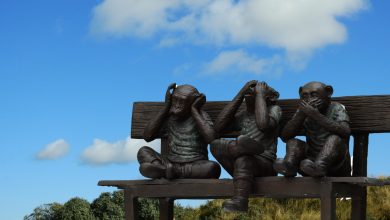Yes, and
If you want to encourage others – learners to come up with some new ideas, to be creative and curious about situations you should also be curious. We believe that new experiences broaden your approach and let you go out of the comfort zone. By introducing this task, we encourage you to try something new, you never tried before. Be open for new experiences, go for the adventure or even experiment.

Why did I choose this tool?
We introduce briefly seven elements of the improvisation and invite you to try out those elements by practicing.
This exercise is excellent at freeing up random associations in your mind. It jogs your mind and makes it aware of possibilities you may have not considered. I sometimes do this as I’m walking to the theater to improvise. Different tools to associate with while improvising, brings to light fun and absurd thoughts, as opposed to the limited range of associations we usually have.
How does this apply to being a trainer?
Main content:
The seven elements of improvisation that help increase creativity
- Yes, And…, by which you give every idea a chance to be acted on;
- Collaboration, reconciling the needs of individuals with those of the broader team;
- Co-creation, which highlights the importance of dialogue in creating new products, processes, and relationships;
- Authenticity, or being unafraid to speak truth to power, challenge convention, and break the rules;
- Failure, which teaches us that not only is it okay to fail, but we should always include it as part of our process;
- Follow the Follower, which gives any member of the group the chance to assume a leadership role;
- Listening, in which you learn to stay in the moment, and know the difference between listening to understand and listening merely to respond.
Exercise:
DADA MONOLOGUE
Dada means hobbyhorse. Dada was an early twentieth century art and literature movement based on deliberate nonsense. Dadaists wanted to “destroy art and replace it with nothing.” They replaced it with something, but the something was nothing because’ it made no sense.) Launch into a Dadist monologue, one that doesn’t make any sense.
- Look at an object in the room you are in right now and start by saying that object’s name.
- As you talk, try not to stay on any idea too long and to make sense of nothing.
I’ll do this right now and write it as I go. I see a candle, so:
Candles are dogs when books tell a story of peanuts from heaven. When I was only seven dollars I went to my own factor brush, see? No one knows my father knew his cat was a green in the Texas town of pig boy. Do you under stand the flypaper jolly feet? I’ll bet your desk Wheel knows me.
- The second you start to make sense, change it up. In my example, after I wrote jolly, I immediately thought “giant,” but that word have made too much sense so I changed it up.
Reflection questions:
How was this experience for you?
What can you take out from it into your trainers’ life?







